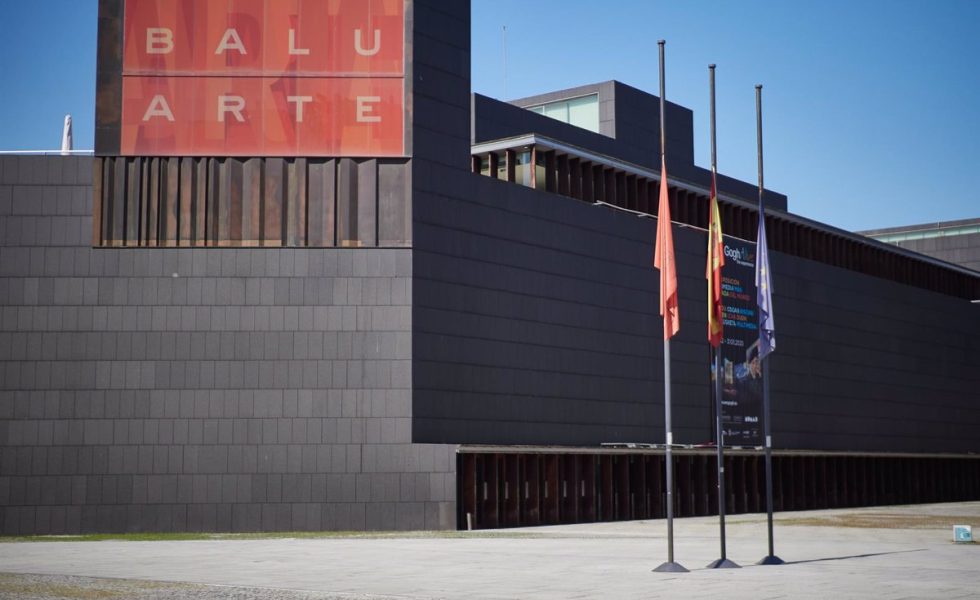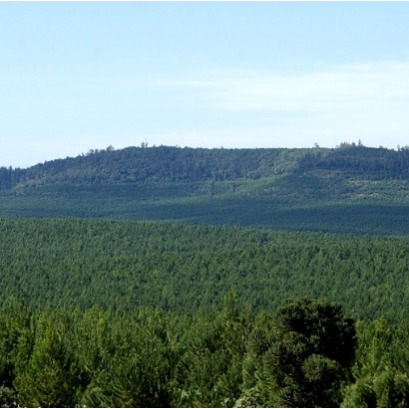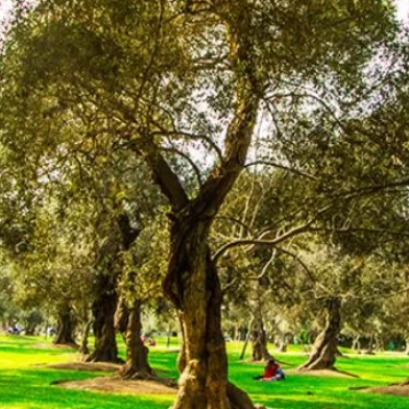
3rd International Wood Construction Forum
The program for the 3rd International Wood Construction Forum to be held on June 1 and 2, 2023 in Pamplona is already closed.
The congress begins with the block "Wood: the material of the 21st century", in which the challenges and opportunities that wood currently offers us as a construction material will be presented. For this, the congress has the participation of Salvador Ordoñez, from World Wood Future; Martin Ringner and Filip Francati, from Henning Larsen architects and Pol Cearra from WIEHAG; and Albino Angeli, an engineer from XLAM Dolomiti, who will show us the problems and solutions adopted in singular buildings made of wood.
Thursday afternoon continues with the second block "New horizons for construction with wood." With the experience and knowledge of Cristina Ouzande from Ezcurra e Ouzande architecture; Roberto Modena, RUBNER engineer and Albert Gil, Batlleiroig architect, we will review various types of constructions with wood, from sanitary use to office use.
On Thursday night, a networking dinner takes place, where impressions, contacts and experiences among all the participants can be exchanged in a relaxed atmosphere.
Friday starts with the block "Projecting and building with wood", which will cover everything from design and construction strategies with this material, to mixed wood-concrete construction systems or the revision of Eurocode 5 regarding fire resistance in wooden structures. Alfredo Dias from the University of Coimbra; Jorge Blasco, architect and professor at the Polytechnic University of Catalonia, and Alar Just from the Tallinn University of Technology will be the expert professionals who will explain these issues to us.
With the penultimate block "Wood and sustainable city" we will see several examples of construction with wood applied to the residential sector, from the point of view of different developers. Great professional profiles of the sector such as José María Quirós, delegate of industrialization of AEDAS homes; Luis Bencomo from B&O Gruppe and Daniel López from IMHAB (Barcelona Housing Institute) will share their experiences in this field.
Finally, in block 5 "Innovation and development" we will enjoy the work of Antonio José Lara, architect and professor at the Polytechnic University of Madrid, and Alberto Barba, architect of GROPYUS, a company that seeks to revolutionize the construction sector. Both will show us examples in which new technologies have allowed wood construction to rise to higher levels of excellence and quality.
This third edition has a very interesting novelty. Fórum Madera organizes a visit to the largest housing development with wood in Navarra, which Nasuvinsa is building in Entremutilvas. This activity will take place on Thursday morning, as a prologue to the third International Wood Construction Forum. Places are limited, and will be filled in order of registration of those attending the event.
Don't miss it... see you on June 1 and 2 at the Baluarte Conference Center!

IT MAY INTEREST YOU
 Free seminar on the implementation of the European EUDR regulation on deforestation-free wood products
Free seminar on the implementation of the European EUDR regulation on deforestation-free wood products
The Argentine Forestry Association (AFoA) organizes the seminar «EUDR in Forest Products: Current status of implementation. Regulatory requirements and private experiences", which will take place on Wednesday, November 26, from 11:00 a.m. to 12:00 p.m., via Zoom, with live streaming on YouTube. The European Regulation on Deforestation-Free Products (EUDR) will enter into force on December 31, 2025 and will impose new requirements for forest products entering the European Union market.
 Combilift Unveils the 2025 Christmas video “Twelve Days of Christmas” – with a Twist!
Combilift Unveils the 2025 Christmas video “Twelve Days of Christmas” – with a Twist!
Monaghan, Ireland – November 2025
 The city in South America that breathes thanks to a thousand olive trees planted in the 17th century
The city in South America that breathes thanks to a thousand olive trees planted in the 17th century
In the heart of South America there is a city that, among the noise and concrete, still breathes thanks to an olive forest




















